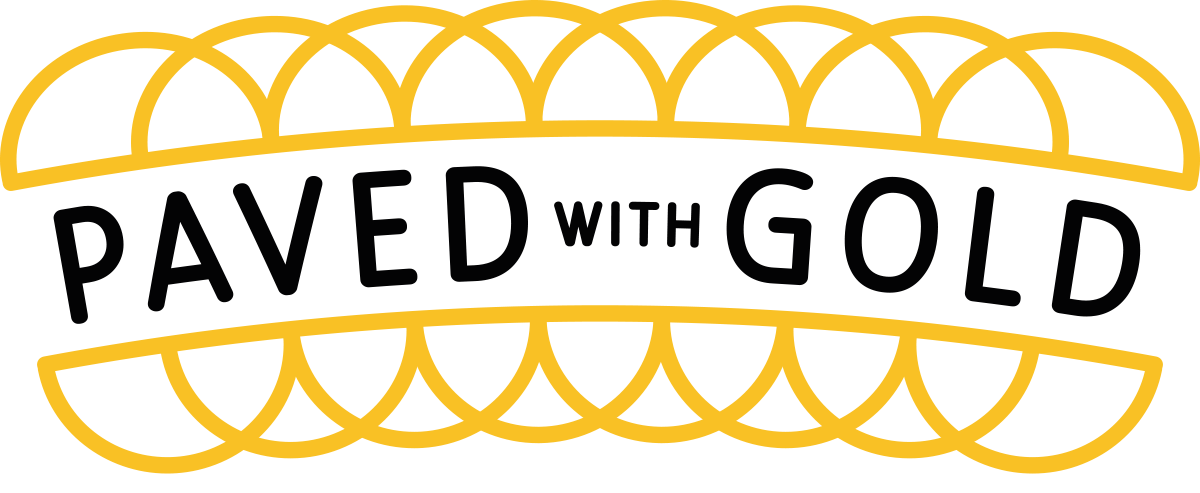We’ve taken a wee sabbatical from these this year, as Richard’s been running the show solo, while Kaye’s been on maternity leave, but now we’re back, and it's time for some more Gold Nuggets where we talk with some of our most loved makers, founders and do-ers.
For our first chat we caught up with artist and fellow Glasgow dweller Alice Dansey-Wright. Alice creates bold often black and white designs across various mediums, and we love spotting her partnerships cropping up around town.
Image Credit: Nu Blvck
Tell us about yourself and your work.
I’d describe myself as an artist and designer - I used to say illustrator but artist/designer feels more like it. I studied Environmental Art at GSA and back then I had quite a conceptual practice (although the focus was the public realm rather than galleries and I still wanted my work to be accessible and to a degree, collaborative). I took a break from making art for about 8 years and emerged with more of a design focus. To be honest I think it just took me that time to figure out what I wanted my practice to be and also to do a bit of living and working out with a world/industry that I’d lost confidence about my place within.
My work now consists of:
Mentoring/facilitating/teaching (both creative business skills and art/design techniques)
Public art and private commissions, usually taking the form of murals and large scale paintings or textiles
Design commissions, usually products
Collaborations, both collaborating on products and art projects
I’m inspired by the human body, identity, fashion design and textiles. Thematically I like to explore accessibility and ownership/collaboration.
Recently I’ve worked on a series with Platform including weekly adult art classes, a shop project, a collaboration between myself, platform and Alliance Scotland to create new waiting room designs for Easterhouse Community Health Centre and a mural project with Grow Wild / Seven Lochs Wetland Park.
I’m also a panellist and mentor for the Glasgow Visual Art and Craft Maker awards.
A design commission for the Local Heroes ‘Made in Glasgow’ project which resulted in the Glasgow Raincoat which I made in collaboration with love and squalor. And product collaborations with SQUINT clothing, Giannina Captani Knitwear and Tenement Design.
I love what I do- it’s taken me a long time to get here and I’m really grateful to have the opportunity to work with the people and organisations that have been clients and collaborators along the way.
The Glasgow Raincoat from Alice’s Local Heroes collaboration with love and squalor.
When designing a product, what’s your approach? Where does the inspiration come from?
A lot of my inspiration comes, I think, from fine art - I guess no surprise there! Especially abstract painting and figurative sculpture. I like to make digital mood boards - actual pdfs that take ages rather than Pinterest for some reason! Plus I have a lot of books at home and membership of the GSA library as a resource. Regularly visiting exhibitions and collections really helps too. I do keep sketchbooks also but they often end up more like big notebooks. If i’m painting a mural or a garment or making something freehand I don’t like to have the absolute final product all drawn out in advance- An element of surprise and spontaneity that comes about through the making makes it more interesting.
What’s the best bit of advice you’ve been given and who gave you it?
I'm not sure if this is advice or more just an acknowledgement: 'pretty much everyone feels like an imposter' - good to remember this if you ever feel that way. Can’t remember who said it but it’s been corroborated several times!
Alice’s collaboration with Squint Clothing.
You do a lot of collaborations in your work. What are your top 3 tips for partnering up with other designers?
Agree your terms before you start - finance/marketing/naming the co-lab - sometimes for me this involves some sort of official contract/agreement and sometimes it's less formal. Getting the nuts and bolts sorted before proceeding is a good idea, whichever way you do it although obviously if you're working with a big company or just someone you haven't met it might be worth getting external advice around setting your terms.
Make a plan / schedule that works for both of you - you're in this together so respect your collaborators availability and remember to state yours, being mindful of over estimating how much time you may have!
Approach your dream collaborator…just ask! it’s ok if they say no and they may well say yes...
What song motivates you while you’re working and why?
All Night Long by the Mary Jane Girls - perhaps not as motivation but as something that I listen to when the flow of work is in full swing, it’s both relaxed and upbeat so I guess I’m trying to absorb that! I have to add though that I’ve never been able to work really late or through the night (unless you count having twin babies). I’m very much a 9-5, 3 meals a day sort of person!












